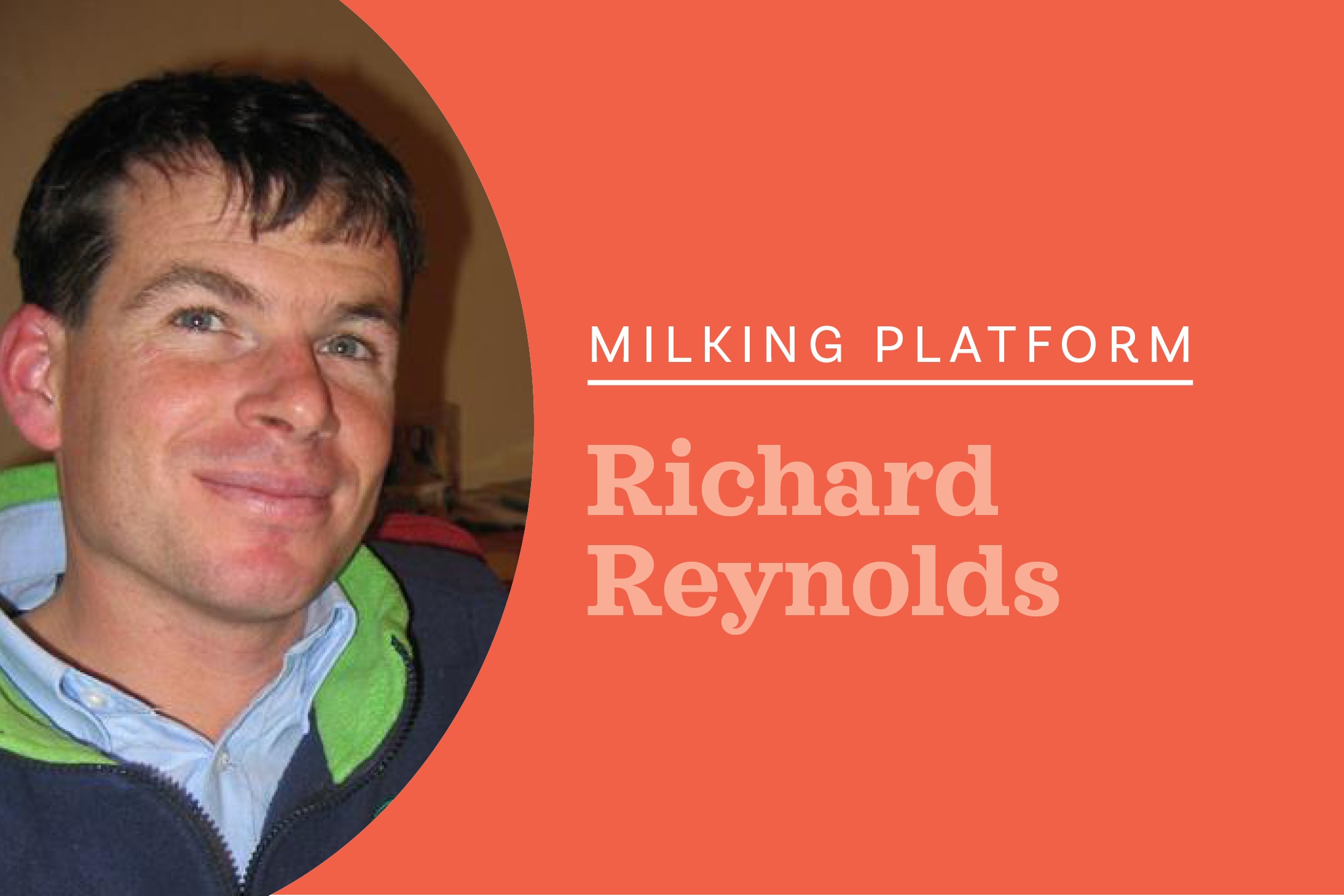What do those at the top of an industry-good organisation do to justify a hefty salary? King Country farmer Sam Sherrard ponders fair earnings.
The rain came back for most but not until the lack of it had given many a scare and some a very challenging time indeed.
I hope those worst affected are well on their way to recovery.
The calves are weaned, so to fill in the spare time we have been rearing another class of stock.
An unplanned encounter with a neighbour’s working dog left poor ‘Pup’ in the family way. Once the litter had arrived ‘Pup’ was moved into a calf shed that had to be reassembled for the new
guests. Puppies, did you know, are great and puppies are cute. Does anyone want a puppy? Anyone, Anyone?
While the puppy market has been front of mind of late, perhaps more important to our fortunes is the dairy cow market.
Last year I attended a session presented by Malcom Ellis the precis being: we have reached peak cow.
What appears to be happening is a big gap opening between quality stock with good levels of recording, and lesser-quality stock that may be unrecorded.
Despite some opinion, the cost of recording and limited herd testing is quite low and if you find you have to sell during a down time the costs of not doing it can be very high indeed.
“One group who you won’t find down at the thrift shop though are those who lead our important research organisations.”
Before Christmas talk was of the changes to the minimum wage in New Zealand and the effect on dairy viability. One group who you won’t find down at the thrift shop though are those who lead our important research organisations.
Let me be clear I am a big fan of DairyNZ and the work they do around promoting new and existing science, advocating for farmers and the fantastic support they provide during crisis events.
However, when the CEO of an ‘industry good’ group is paid in excess of $10,000 a week to run an organisation with guaranteed funding and no competition, this leaves one wondering: does the leader need any more and how do farm owners and sharemilkers get value from such a high-priced leader?
It is also worth mentioning that the charity, Dairy Women’s Network, which received $450,000 (2016-17) of DairyNZ/levy funding, spent $449,000 on salaries last year. How much of this was for the CEO was not immediately clear.
It is not just those at the top who do very well out of DairyNZ – the few near the top also do very nicely thank you very much.
Last year pay rises of close to 5% were granted to the directors. I was interested to find out what pay rise the researchers, consulting officers and technicians who do the work were given this year, but no answer was forthcoming from DairyNZ’s Twitter account.
This is an issue that exercises me, I may be in the minority however if voter participation in the DairyNZ elections are anything to go by.
One of the unseen downsides of integrating into a farming community is being asked to help stack hay.
So it was that on a very warm Wednesday afternoon I found myself searching out a long-sleeved shirt, jeans and gloves. The warm memories of collecting hay in the Manawatu came flooding back. Despite these I still turned out to help.
This operation was a far cry from the 6×4 trailer behind a Holden and the carry tray of an International B250. Modern equipment was available and even with a reasonable cart 450 bales were stacked in daylight and hours before the forecast rain arrived.
I fear my behaviour at the drinks and spread afterwards was not bad enough to be excused next year.





